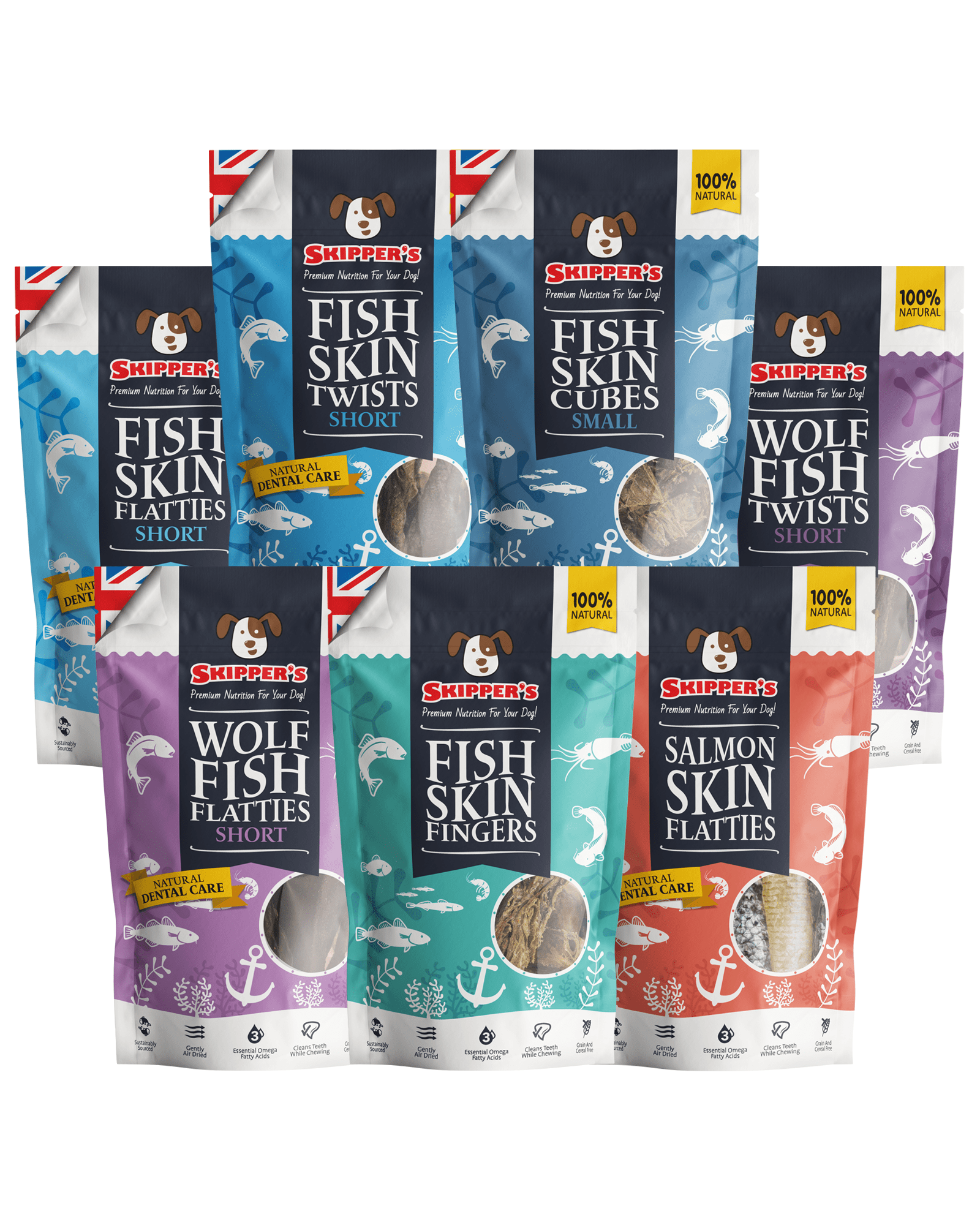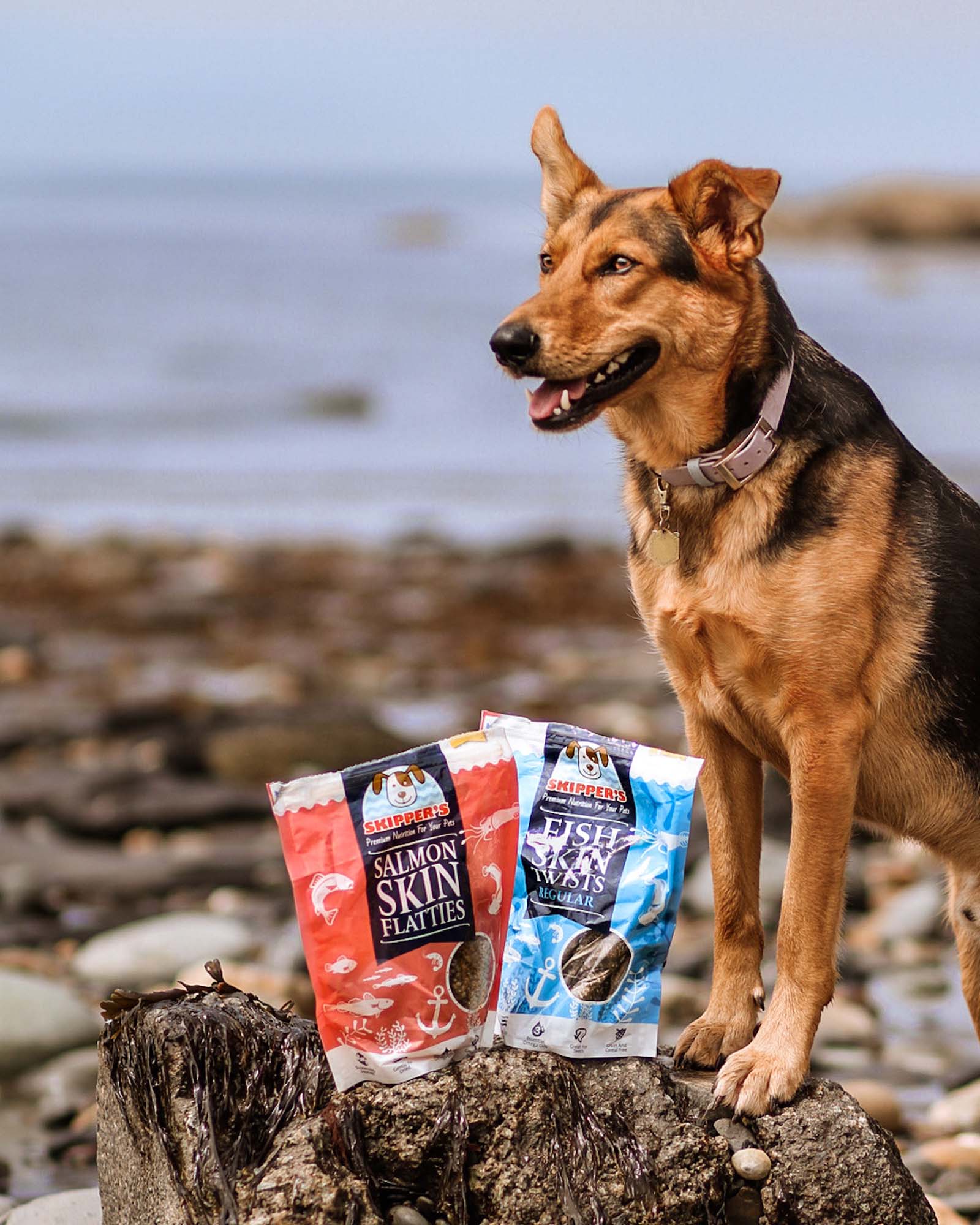Talking is our form of communication with one another. For dogs, barking, howling, growling and whining are their form of communication.
Why do dogs bark?

There are multiple reasons why a dog barks. Dogs may bark because they’re curious, warning others of danger, prompting you to play and to discipline the young. These forms of barking are short-lived.
Why do dogs bark excessively?
Physical needs
This can mean they’re hot, cold, hungry, thirsty or lacking in exercise. When a dog doesn’t get enough exercise in a day, the energy builds up and can all come out in a burst. This can show through ‘zoomies’ or barking.
Attention seeking
The usual reasoning for a dog barking for attention is that they’re bored. This goes back to the physical needs because dogs can get bored due to a lack of exercise. Similarly, they may not be getting enough mental stimulation, or they simply may not be getting enough attention from their owners. Another attention-seeking reason is that the dog has separation anxiety.
Anxiety
Dogs with separation anxiety or any other form of anxiety tend to bark a lot more due to this. The bark is often high-pitched and can be accompanied by the dog whining.
Fear
Any sort of noise or object that catches the dog’s attention can trigger barking.
Territorial
Some dogs bark at people or other dogs when they believe that the other is coming into their territory. The barking tends to get louder when the other gets closer.
Greeting
Dogs often happy bark when meeting people or other animals, the bark is usually accompanied by tail wags.
First steps to stopping excessive barking
First things first, teach your dog to bark on command. It sounds silly that in order to answer the question 'how to stop a dog from barking', you might need to teach them to bark initially. However, putting a nuisance behaviour on cue reduces the frequency of that behaviour. Dogs learn behaviours quickly if you can teach them in opposite pairs. Therefore, teaching a dog to bark first is helpful in teaching a dog to be quiet.

Step 1:
Set the environment where your dog is most likely to bark, likewise use/do something that will prompt your dog to bark. When they bark, praise and then give a treat.
Step 2:
After a series of repetitions, wait quietly for your dog to bark without being prompted. Once again, praise and give a treat each time.
Step 3:
After hearing your dog bark all those times, you may have noticed your dog has a range of barks. Start to mark with a clicker or a word such as 'good' for the bark that you prefer.
Step 4:
Next is to add a cue, which may be a gesture or a word. A couple of examples are ‘speak’ and ‘talk’. Cue the gesture/word just before your dog begins to bark. Make sure to praise and treat each time.
Step 5:
The next step is one of the most important steps, which is to work on stimulus control. In this step, your dog must only be praised for barking when it has been cued. To help with this, let your dog bark in between a few of your cued barks. When your dog barks without being prompted, do not praise or treat.
Next step is to teach ‘quiet’
One way of training your dog to stop barking is teaching the word ‘quiet’. This word must be said in a calm, firm voice. This is because any sort of raised voice such as yelling will give your dog the impression that you’re joining in with them, rather than trying to stop them.
Step 1:
Use classical conditioning to teach the quiet cue. Give the cue for quiet, whether that be the word quiet, or a hand gesture. Pause for half a second and then give a treat. Your dog will soon start to expect a treat after the quiet cue has been shown. Therefore, with classical conditioning, you’re promising to give a treat once you’ve cued quiet, no matter what your dog is doing.
Step 2:
After enough repetitions, you’ll notice your dog will being to eager to wait in silence for a treat. Once this has been shown, you can now move onto operant conditioning to reinforce the behaviour.
Step 3:
Give the quiet cue and endure a short duration of silence, praise and give a treat for the silence.
Do not reward your dog barking
Step 1:
Reward your dog for staying quiet instead. The question 'how to stop a dog from barking?' does not involve any rocket science, and with just a few sensible steps, this can be achieved easily.
Step 2:
If your dog barks at mealtimes, ignore the barking and wait for them to stop before feeding them. Similarly, if your dog keeps barking for you to play with them, ignore them until they are quiet. Then pick a toy and invite them to play along.
Step 3:
Consistency is the key. Giving in and responding to your dog's barking, even if just the once, is likely to teach them to persist and try even harder. Therefore, in order to answer the question of how to stop a dog from barking, you need to stay consistent and persistent.
To finalise and reinforce both behaviours, use them as a paired cue. First cue bark, let your dog bark and then cue quiet, let your dog be silent and then praise and treat. Repeat this a few more times.
I hope this information helps you guys! Let us know your experience in the comments!



























